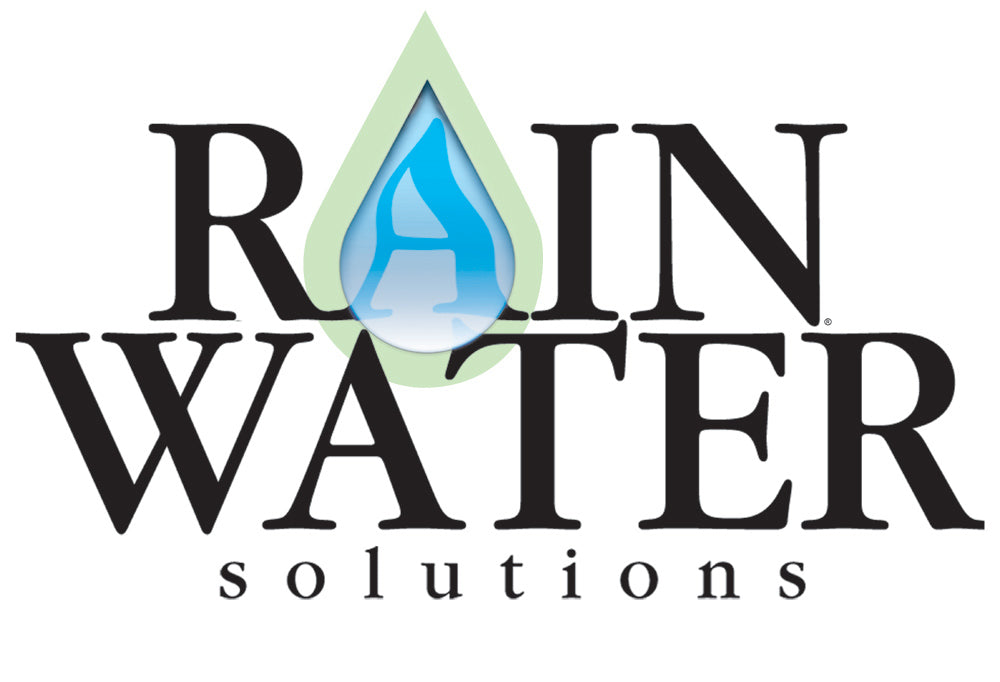This was posted today by Nutrena and we wanted to share! Rain Barrels For The Chicken Coop
The Scoop From The Coop is proudly brought to you by Nutrena and Cargill Animal Nutrition. Be sure to meet our team of authors, and don’t hesitate to leave your questions and insights in our comments area.
The photo shows our Moby 65 gallon rain barrel and an Ivy 50 gallon rain barrel linked together and some of our chickens!
Here is the direct link if you want to subscribe, I did.
http://scoopfromthecoop.nutrenaworld.com/rain-barrels-for-the-chicken-coop/
Many backyard chicken coops share an annoying problem. They’re located a distance from a water source. Hauling buckets of heavy water from the house to the chickens is time consuming work. Plus, water costs money, whether you buy water from a municipality or pay for electricity to run a pump.
There’s a simple solution. Rain barrels harvest and hold the water that nature provides for free. A single rain barrel typically holds enough water to fill a five gallon chicken waterer upwards of a dozen times. Even droughts produce occasional showers and most people are astonished to learn how quickly a light rain falling on a small roof fills the barrel.
For example a half-inch rain falling on the 250-square-foot roof of a modest sized chicken coop harvests 78 gallons of water – more than most rain barrels hold. That water is clean, fresh, and free.

According to Lynn Ruck, owner of Rain Barrel Solutions in Apex, North Carolina, water coming off metal or asphalt roofs is safe for small animals to drink. Only water coming from wooden roofs treated with preservatives shouldn’t be given to animals. Rain barrel water is also ideal for irrigating garden plants.
Position your rain barrel just outside the coop where the most water comes off the roof or under a downspout. This puts water only a few feet from where the hens need it. Remember that a gallon of water weighs 8 pounds, so a filled rain barrel will weigh up to 400 pounds. Be certain it is secure and sits on a flat, level surface. Positioning it on a few cinder blocks makes it easier to draw water out of the tap at the base.
Dozens of rain barrels are on the market or they can be made at home. Good rain barrels are made of opaque material that keeps water dark to prevent algae growth and have a secure lid to keep animals or children from falling in. The lid has holes covered with mosquito netting to allow water to enter from gutter downspouts but prevent entry by insects and debris. A hose tap near the bottom makes it easy to fill buckets or attach a hose.
